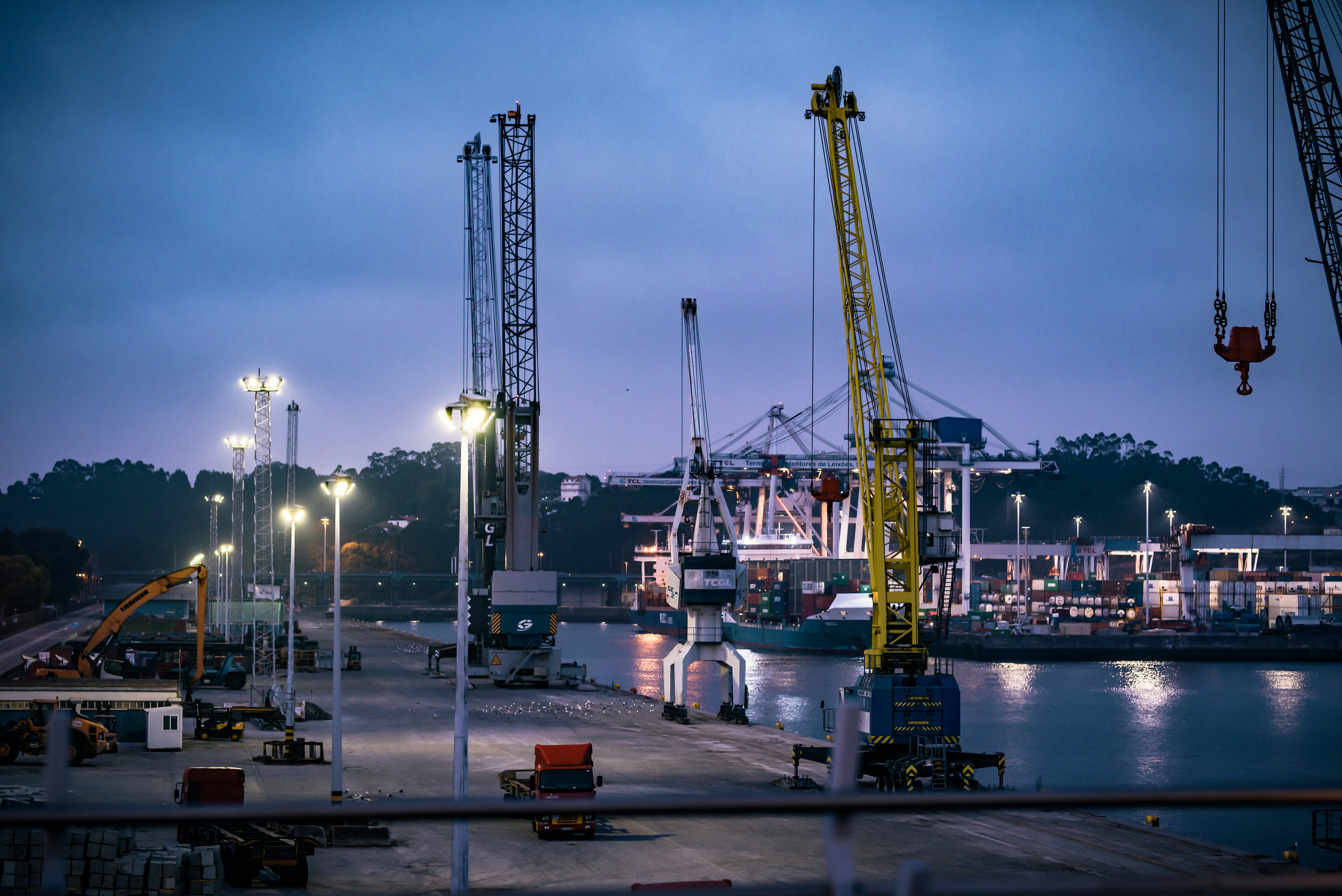The Trump administration’s draft accord with China isn’t about tariff theatrics. It’s a scramble to plug a widening breach in the US military-industrial complex. At its core lies a quiet but urgent objective: to secure a steady flow of rare earth elements—chief among them, samarium magnets—without which America’s high-end weapons systems could stall.
Rather than resemble a textbook tariff reduction, the agreement plays more like a last-minute structural brace. It’s a forced hand, brought on not by strategic dominance, but by a lack of domestic alternatives. With the US still lacking functional rare earth processing capacity, defense planners are negotiating from a position of exposure—not leverage. The strain from supporting allied conflicts, particularly in Ukraine and Israel, only adds urgency to what now reads as a national security intervention in trade form.
Trump’s promise that China would supply “full magnets, and any necessary rare earths, up front” alters the lens through which this deal should be viewed. It's no longer a question of economic cooperation. It’s an attempt to prevent the slow erosion of American defense readiness. The magnets in question—built from samarium and cobalt—are not interchangeable parts. They withstand temperatures and forces few materials can handle, and they remain exclusive to Chinese suppliers. Lockheed Martin and its counterparts have flagged this risk for years; now, it has finally arrived at the policy front door.
This wasn’t Washington’s only move. In parallel, the administration abruptly canceled hundreds of thousands of Chinese student visas—a decision cast as counterintelligence but seen by insiders as a geopolitical bargaining chip. Rarely do trade, defense, and immigration policy align this neatly around a single material risk. Yet here they are—deployed in tandem to wrest back access to the minerals that underpin America’s most advanced weapons systems.
Look closer, and the echoes of strategic complacency come into focus. After the Cold War, the US embraced globalized supply chains for even its most sensitive inputs. Cost trumped control. China, meanwhile, moved in the opposite direction. Since the early 2000s, it has methodically consolidated rare earth production, creating a near-monopoly few fully appreciated—until now.
April’s export restrictions on seven rare earth elements—and the parallel ban on exports to select US defense-linked entities—shattered any illusions of benign dependence. Beijing made clear it would not hesitate to use material supremacy as a geopolitical lever.
Other regions have started to adapt. Europe is moving, albeit unevenly, to reshore strategic mineral processing. The US, in contrast, remains tangled in its own decentralization and industrial fragmentation. Invoking the Defense Production Act has produced more headlines than infrastructure. The result? A vulnerability no longer theoretical but operational.
Inside Washington, this tentative trade relief will likely trigger a muted sigh of relief from defense contractors. It eases immediate pressure—but does little to shift long-term dynamics. Not a single rare earth facility of strategic scale has come online in the US since Trump’s 2019 Pentagon directive. For now, continued operations rest on temporary goodwill from Beijing—an uneasy foundation for any defense apparatus.
Sovereign investors will not miss the signal. For allocators across the Gulf and East Asia, this exposes not just an industrial fragility, but a deeper imbalance in capability buildup. With China reportedly ramping its defense production at a pace five to six times faster than the US, the balance of preparedness is visibly tilting. This isn’t just a race for resources—it’s a divergence in defense acceleration curves.
On the surface, the deal buys time. Beneath it, little has changed. Relying on adversary-controlled inputs for national defense is not just a procurement lapse—it’s a capital strategy failure. As long as the US treats mineral independence as an aspiration rather than an infrastructure priority, its posture remains fundamentally exposed. This agreement may soothe immediate tensions, but it doesn’t solve the problem. Strategic autonomy—still elusive—remains the unfinished business of a defense economy built on borrowed materials.















-2.jpg&w=3840&q=75)